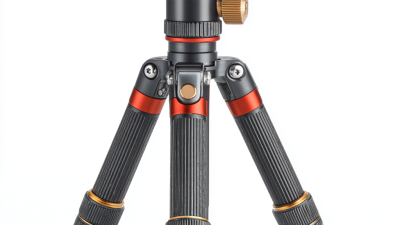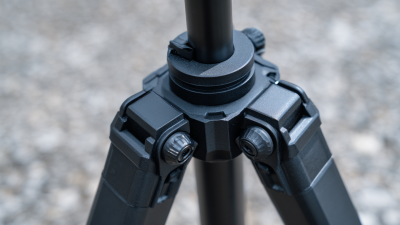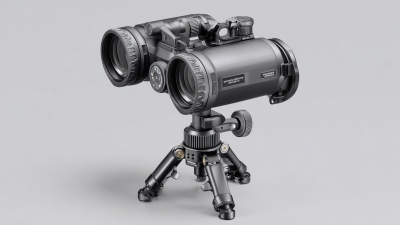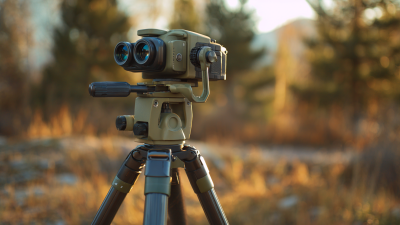When it comes to achieving precision and stability in shooting, choosing the right equipment is crucial. Among the various tools available, a high-quality tripod for rifle setups proves to be an invaluable asset for both seasoned marksmen and novice shooters alike. The right tripod for rifle use not only enhances accuracy but also offers the versatility needed for different terrains and shooting scenarios.
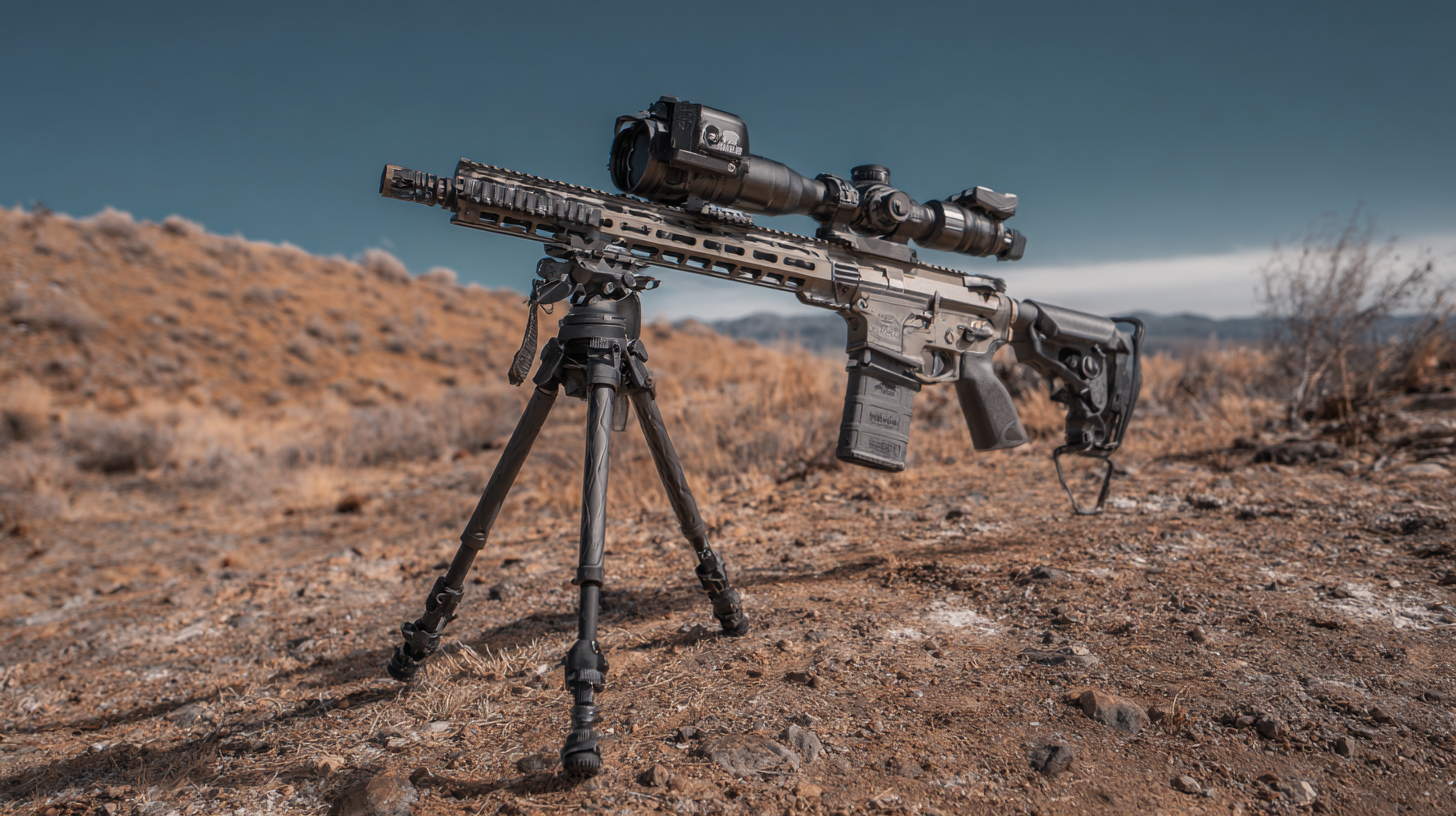
This ultimate guide aims to provide you with comprehensive insights into selecting the perfect tripod for your rifle, exploring key features, types of tripods suitable for different environments, and tips on maximizing their potential. Whether you're planning a day at the range or embarking on a hunting expedition, understanding the nuances of tripod selection will ensure you make an informed decision that elevates your shooting experience.
When it comes to selecting the best tripod for your rifle setup, there are several essential factors to consider that can significantly enhance your shooting experience. Firstly, stability is key. A sturdy tripod can withstand various weather conditions and provide a solid base for your rifle, ensuring accuracy during shooting sessions. Look for tripods made from durable materials such as aluminum or carbon fiber that can offer both strength and lightweight portability.
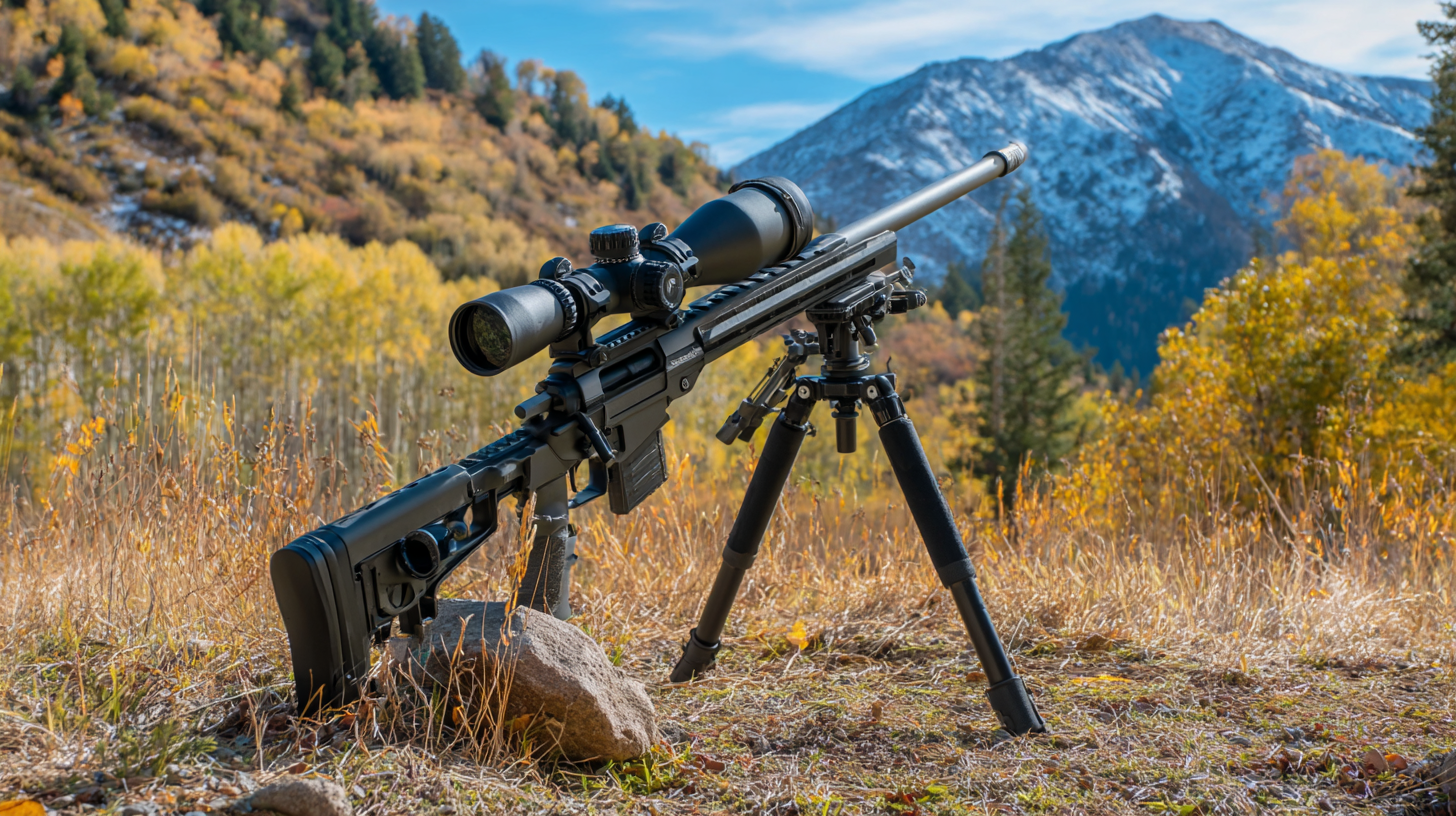
Another vital aspect to assess is the height adjustability of the tripod. A versatile tripod allows you to adapt to different shooting scenarios, whether you are aiming from a prone position or standing. Consider models that offer a wide range of height adjustments to accommodate various terrains and personal comfort levels. Additionally, the tripod's head type is important; opt for a model that features a fluid head or a pan-tilt head to facilitate smooth tracking and adjustment while aiming.
Lastly, don’t overlook the importance of weight and portability. If you plan to trek through diverse landscapes, select a lightweight yet robust tripod that can be easily carried without compromising its stability. By focusing on these criteria, you can choose the perfect tripod that complements your rifle setup and enhances your overall shooting performance.
When it comes to enhancing your shooting experience, the tripod you choose can make a world of difference. There are several types of tripods available, each designed to accommodate different shooting styles.
For instance, a lightweight hunting tripod is ideal for those who need mobility and ease of setup while in the field. These tripods are typically compact, making them easy to carry, and are designed to provide stability for quick shots in various terrains.
On the other hand, if precision is your primary concern, a heavy-duty shooting tripod might be the best fit. These tripods often come with adjustable legs and a sturdy head, allowing for fine-tuning of your shooting position. They are perfect for long-range shots where stability is crucial, providing a solid platform for your rifle.
Additionally, some models feature a swivel head for tracking moving targets, making them versatile for different shooting conditions. Whether you prioritize portability or stability, understanding the distinct features of each tripod type will help you find the ideal setup for your rifle and enhance your accuracy in the field.
When it comes to rifle shooting, stability and precision are paramount, and the right tripod can significantly enhance both. One of the key features to consider is the tripod's material; lightweight yet robust materials such as aluminum or carbon fiber provide an optimal balance between portability and durability. Additionally, a tripod with adjustable legs allows for versatile height adjustments, enabling shooters to find the perfect shooting position whether in uneven terrain or on the range.
Another important feature is the tripod's head type. A ball head offers quick adjustments and smooth panning, which is essential for tracking moving targets. Meanwhile, a pan-and-tilt head allows for finer control when aiming at stationary targets. Look for tripods that include features like rubberized feet for added grip and vibration dampening, which further contributes to steadiness during your shot. By focusing on these aspects, you can select a tripod that not only supports your rifle setup but also enhances your shooting performance.
| Feature | Description | Importance |
|---|---|---|
| Material | Aluminum, carbon fiber, or steel options | Durability and weight considerations |
| Height Adjustment | Range of height settings | Stability in various shooting positions |
| Weight Capacity | Maximum weight it can support | Prevents tipping and enhances stability |
| Leg Lock Mechanism | Twist locks or flip locks | Ease of use and security of positioning |
| Pan and Tilt Head | Ability to move smoothly | Improves tracking and accuracy |
| Foot Design | Rubber feet or spikes | Stability on various terrains |
| Weight | Portability vs. stability balance | Ease of transport while maintaining performance |
Maintaining and caring for your tripod equipment is crucial to ensure its longevity and optimal performance. According to a report from the National Shooting Sports Foundation, about 70% of rifle enthusiasts use tripods as part of their shooting setup, making proper maintenance essential. Regular cleaning of your tripod’s legs and joints not only prevents dirt accumulation but also protects against corrosion, especially if exposed to the elements. A simple wipe-down with a microfiber cloth after each use can significantly extend the life of your equipment.
Additionally, proper storage is vital. A survey by Outdoor Life indicates that improper storage contributes to roughly 25% of equipment damage among outdoor enthusiasts. It’s advisable to keep your tripod in a dry environment and avoid exposure to extreme temperatures. If your tripod features adjustable feet or locks, ensure they are regularly checked and lubricated to maintain smooth operation. Following these maintenance tips will help ensure that your tripod remains a reliable partner during all your shooting adventures.
When selecting a tripod for your rifle setup, understanding the height and weight considerations is essential for achieving optimal stability and accuracy. A properly adjusted tripod can significantly enhance your shooting experience, allowing for better precision over extended periods. According to recent industry reports, tripods with a height range of 20 to 60 inches are ideal for various shooting positions, accommodating different terrains and personal preferences.
Tips: Always consider your shooting style and the types of environments you'll be in. If you primarily shoot from a standing position, a taller tripod will reduce strain and improve accuracy. Conversely, for prone shooting, a lower tripod may be preferable.
Weight is another critical factor, influencing portability and stability. Heavier tripods can provide superior stability against wind and recoil, but they may hinder mobility. Industry data suggests that a tripod weighing between 3 to 6 pounds strikes the right balance for most shooters.
Tips: Look for tripods with adjustable weights, allowing you to customize the stability based on your location and shooting conditions. Lightweight models are excellent for backpacking but ensure they can support your rifle's weight without compromising performance.

